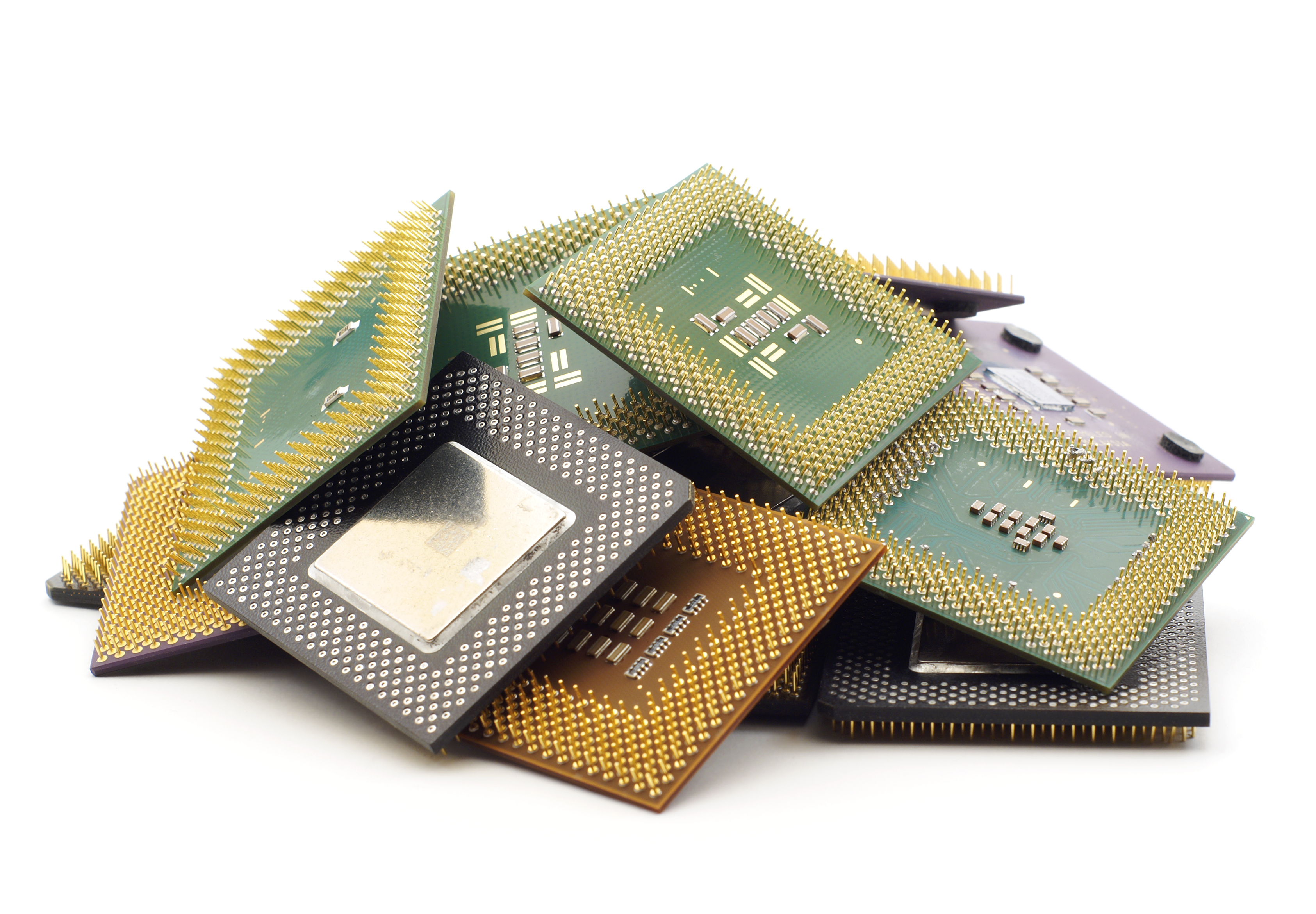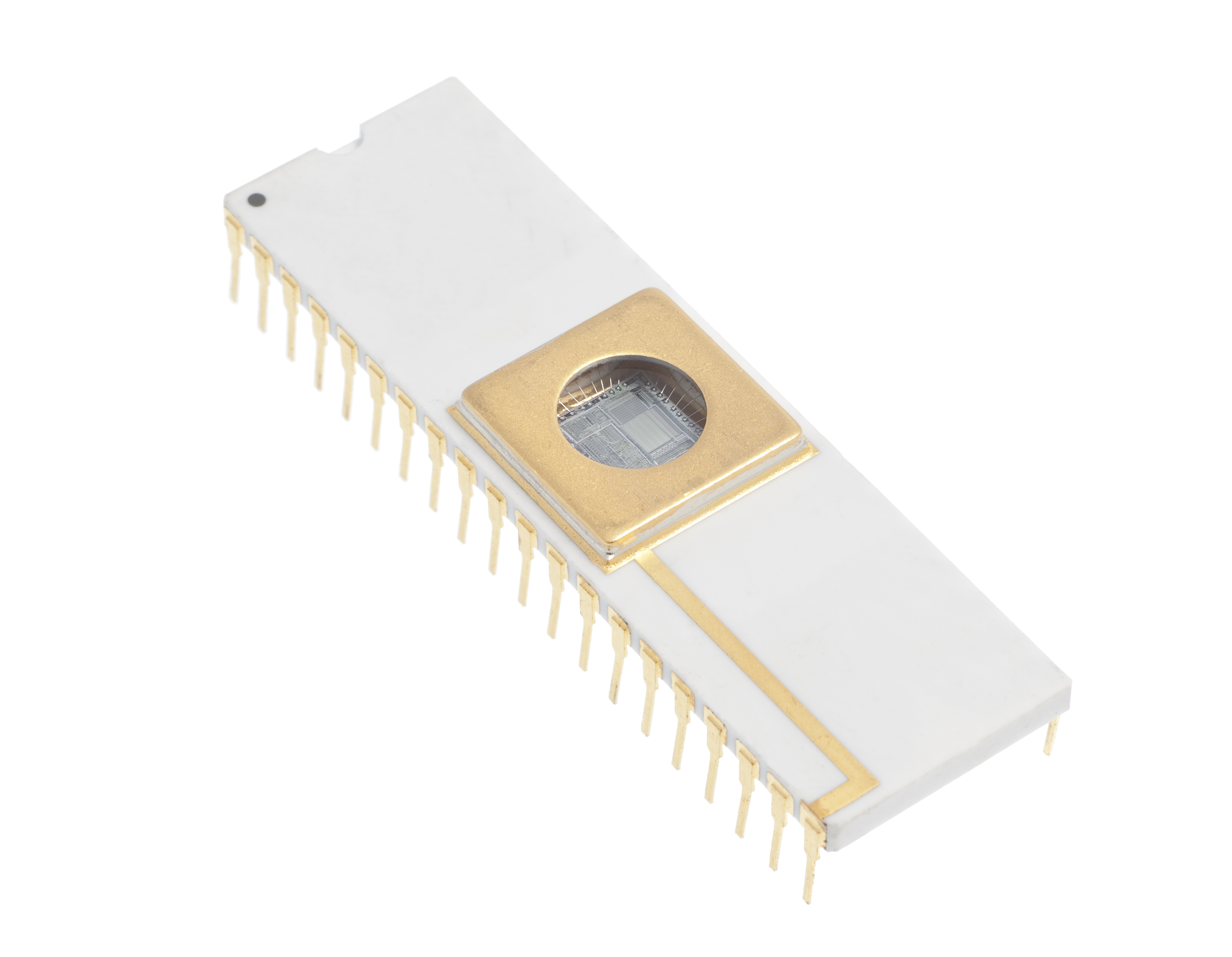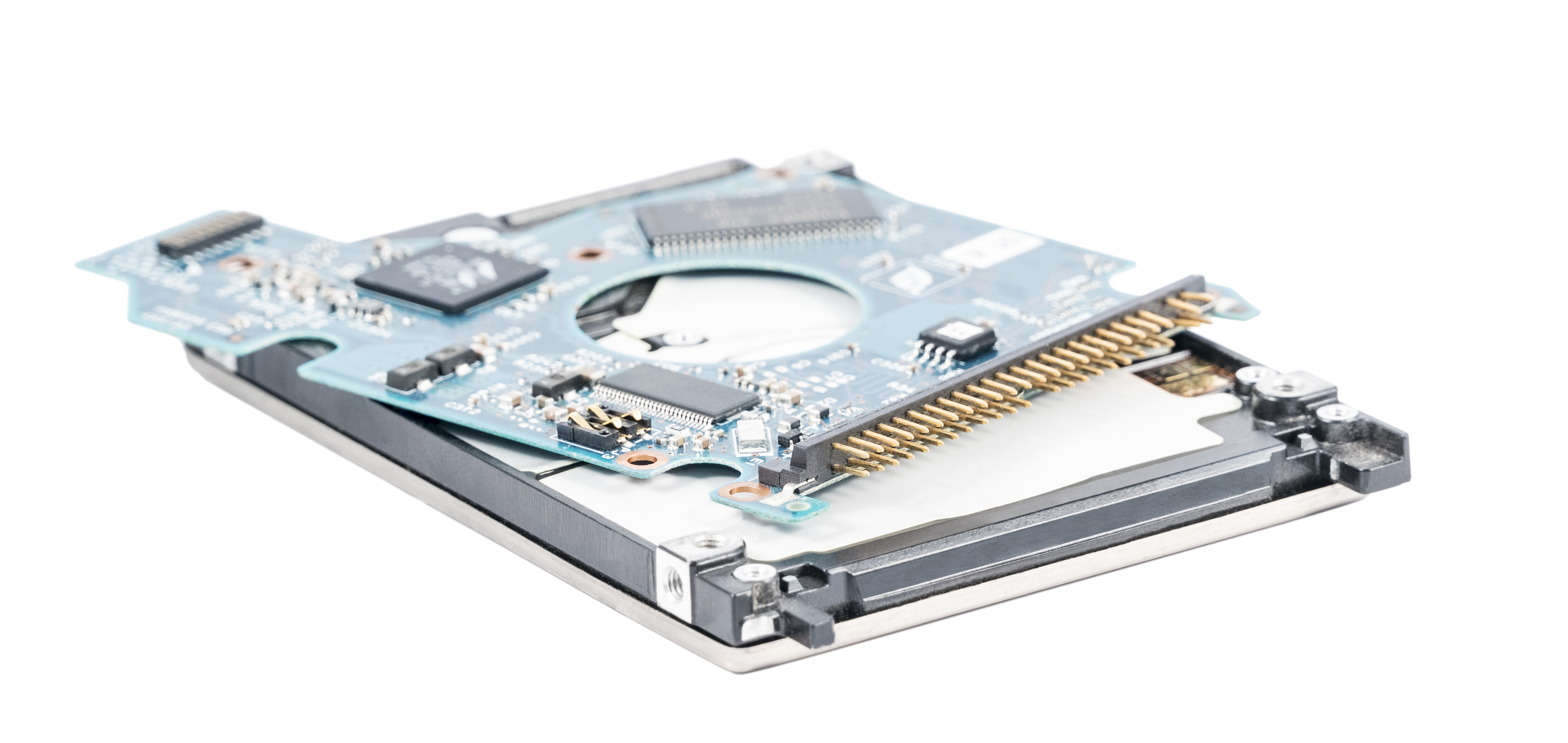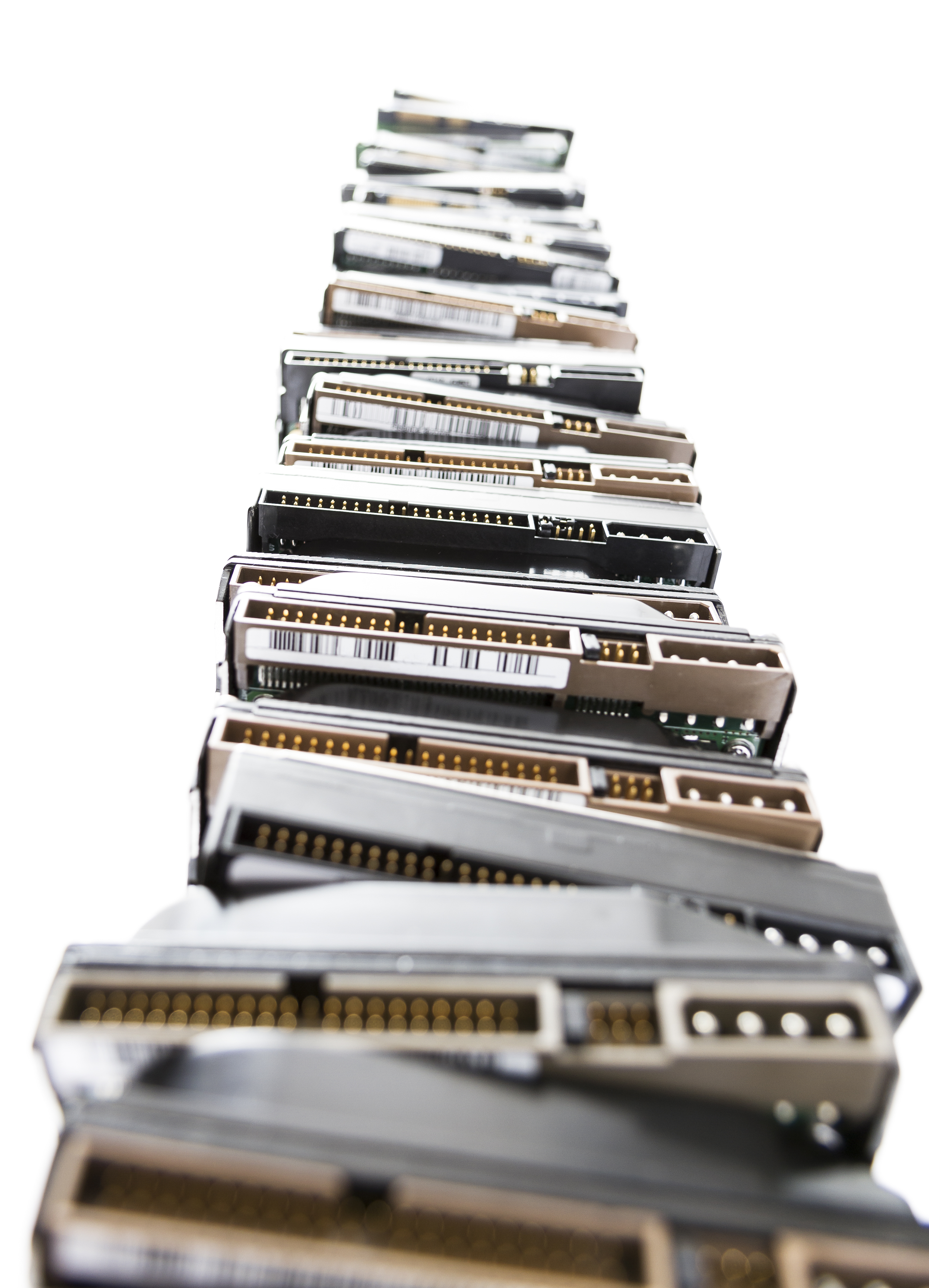resources | Gateway to the Past: computer tech history
June 10, 2019

— resource —
website: Chips etc.
collection: museum of computer technology
award: Collectors Weekly • Hall of Fame

About the collection.
Explore the history of computers + micro-electronics technology at the virtual museum called Chips etc. — 1,000 rare parts from the world’s foremost electronics + semi-conductor companies.
People from every generation have a fascination with the evolution of computers: whether it’s chips, computer hardware, or ephemera. Both specialists and amateurs — hobbyist, makers, historians, engineers, and scientists — enjoy vintage computer parts. Since computing first began in the 20th century, the field has been progressing in leaps + bounds — making these historic markers of the past even more interesting.
Hold a piece of the past.
Why do museums exist? It’s always an intriguing and valuable lesson to see how we got from the past to where we are today. This is especially true watching the development of computers. For example: an old Apple II computer made by Apple from years 1977 — 1993. Once ubiquitous in school classrooms in the 1980s, the Apple II is now functionally useless: except for helping us understand Apple’s re-emergence as a huge brand in personal computing. Apple’s early computers sparked trends in design, craftsmanship, and applications that set the stage for modern laptops, desktops, smartphones, and tablets.
What is rare is intriguing. People are fascinated by antiques, it’s a special experience to touch artifacts from the past, and bring history to life. As we approach year 2020, vintage electronic components are becoming rare. Old computer parts continue to be melted down for their scrap gold content by precious metal recyclers. With only a few thousand in the world — collectors and museums are essential to preserving our technological past.
Some dedicated curators manage large collections that are now highly valuable, as vintage electronics items age: from yesterday’s junk — to today’s hard-to-find, coveted antiquities.
Exploring computer chips using a microscope.
Viewed up-close using a microscope, the micro-circuitry of a computer chip resembles the streets + buildings of an urban city. With the correct lighting, a rainbow of colors will reflect from the circuitry of computer chips and silicon wafers. Some manufactures put hidden words or art on their computer chips during the design process.
on the web | learning
Chips etc. | close-up images of computer chips
deck: viewed with a microscope

Witness the evolution of computers.
In the field of electronics: a computer chip is a set of micro — miniaturized — electronic circuits fabricated on a single piece of semi-conducting material. Also known as a central processing unit (CPU), graphics processing unit (GPU), integrated circuit (IC), micro-circuit, micro-chip, processor, micro-processor, or silicon chip. The technological “brains” inside a computer that enables it to rapidly process data has quickly evolved over the years:
- electro-mechanical relays + vacuum tubes — 1940s
- transistors — 1950s
- micro-modules, hybrid integrated circuits, solid logic technology — 1960s
- integrated circuits — 1970s
- very large scale integrated circuits — 1980s • until today
on the web | learning
Chips etc. | computer technology time-line
deck: See the evolution.


on the web | learning
Chips etc. | home
Chips etc. | learn about computer tech:
- link | diodes — A semi-conductor component.
- link | the silicon wafer — In the semi-conductor industry.
- link | fiber optics — In the tele-communications industry.
- link | years 1942 • 1954 — the vacuum tube
- link | years 1953 • 1964 — the transistor
- link | years 1958 • 1968 — the hybrid integrated circuit
- link | years 1958 • 1964 — RCA: micro-modules
- link | years 1964 • 1968 — IBM: solid logic technology
- link | years 1950 • 1990s — computer video display terminals
- link | years 1961 • present — the integrated circuit
- link | micro-electro-mechanical systems — aka: MEMs device
- link | radio frequency identification device — aka: RFID chip
- link | charge coupled devices for digital imaging — aka: CCD camera sensors
- link | solar cells / photo-voltaic cells — aka: PV cells
- link | computer chips inside vehicles — A time-line + history.
- link | computer memory — A time-line + history
- link | computer punched cards — Early computer data storage.
- link | computer data storage — About magnetic tape + disk tech.

— notes —
IC = integrated circuit
CCD = charge coupled device
CPU = central processing unit
GPU = graphics processing unit
MEMs = micro-electro-mechanical systems
PV = photo-voltaic
RFID = radio frequency identification system
SLT = solid logic tech
IBM = International Business Machines
RCA = Radio Corporation of America